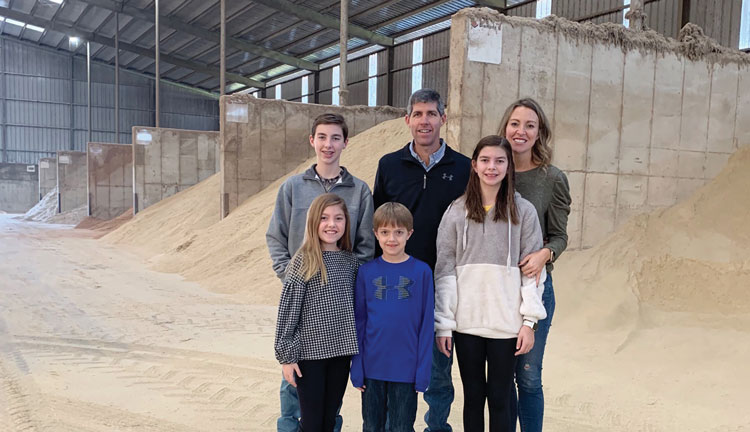
“With 60 to 65 percent of the milk check going toward feeding/feed costs, this has a huge impact on farm profitability,” explained Leatherbrook Holsteins’ Adam Graft. In the January 10, 2020, Round Table “These farms excel from field to feedbunk,” the Georgia dairyman detailed how his focus on the feeding program helps the financial health of his dairy.
“The feed center location and design (and staging forage) have saved us approximately 15 minutes on every load of feed. Not only does that save labor but it reduces hours on equipment, diesel, and such.”
Here are how the three additional farms that participated in the Round Table responded to the question, “How does your feeding program benefit the bottom line?”
Hemdale Farms Inc., Seneca Castle, N.Y.: High-quality, consistent rations are the first step toward a profitable dairy. Focusing on LEAN economics on the farm has been a big part of our business. That philosophy hones in on controlling costs and analyzing all processes. We look at inputs, outputs, and strive for a zero-waste system.
High Plains Ponderosa Dairy, Plains, Kan.: Feed is the number one expense on every dairy, so the importance is obvious. We closely monitor income over feed cost (IOFC), shrink, refusals, labor, and feed costs. Mismanagement in the feeding area can easily cost a dairy $1 to $2 per hundredweight (cwt.). We put a lot of vigor into keeping track of our feeding department and could not imagine doing otherwise. We have considerable room to improve, so measuring and monitoring is critical to identify areas we can improve.
Redtail Ridge Dairy LLC, Malone, Wis.: By premixing large batch grain premixes of corn and commodity ingredients, we have been able to minimize errors, save time, and increase efficiency. We make these mixes once per week since it includes only dry ingredients.








